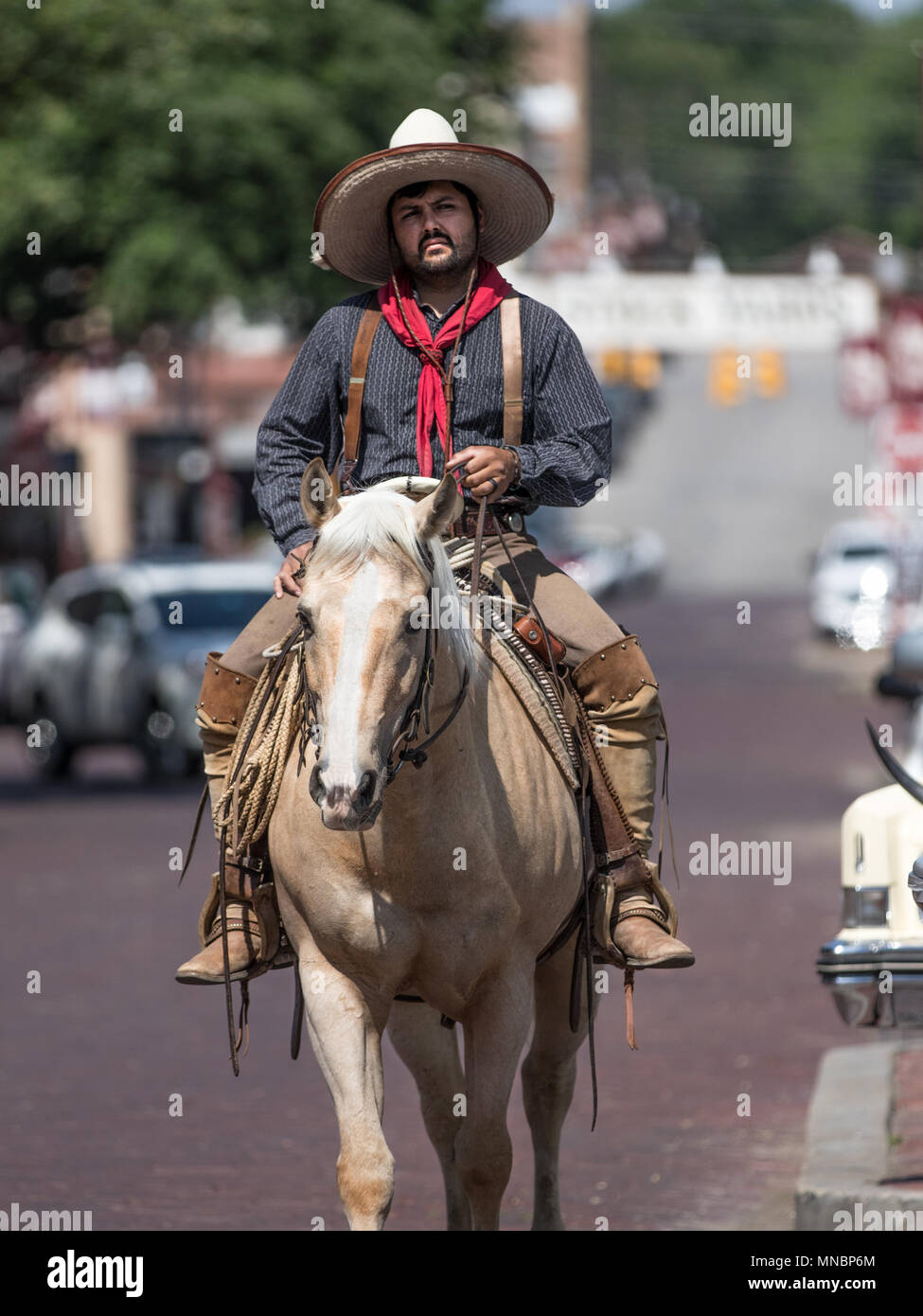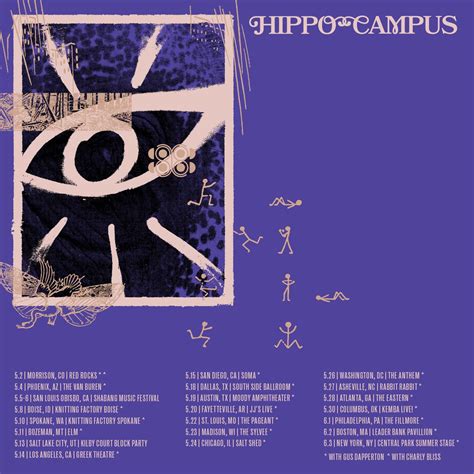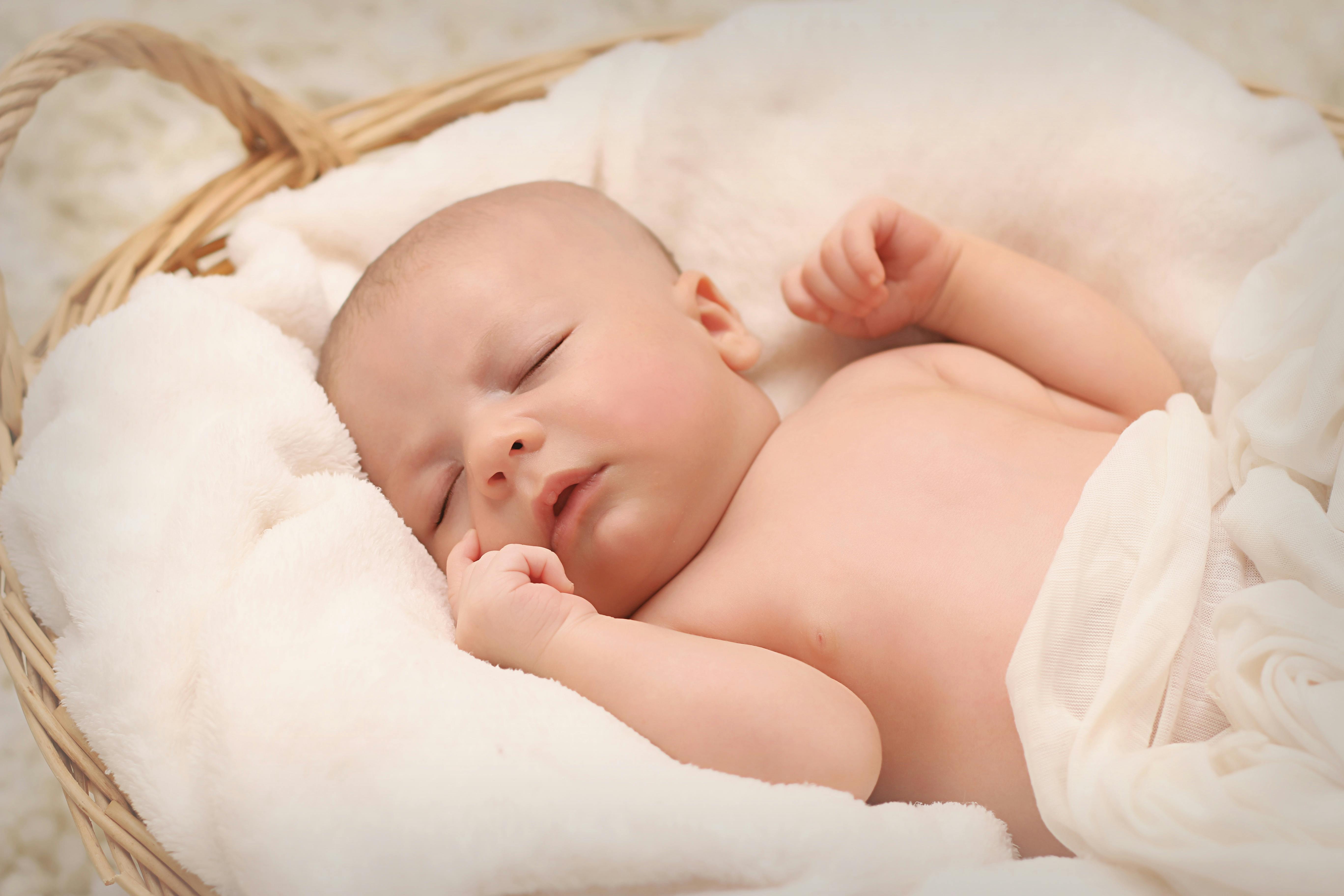The vaquero, a figure deeply rooted in the history and culture of the Americas, particularly in the southwestern United States and northern Mexico. The term “vaquero” itself is Spanish for “cowboy,” but it encompasses much more than the common perception of a cowboy. It represents a way of life, a culture, and a tradition that spans centuries, influenced by indigenous, Spanish, and Mexican heritages. To understand the vaquero, one must delve into the complex tapestry of their history, the evolution of their practices, and the significant impact they have had on the regions they inhabit.
Origins and Evolution
The origins of the vaquero culture can be traced back to the arrival of the Spanish in the Americas. The Spanish brought with them not only their language and customs but also their expertise in horsemanship and cattle handling, skills they had refined in the Iberian Peninsula. As Spanish settlements expanded in the New World, particularly in what is now Mexico and the southwestern United States, the need for skilled horsemen and cattle handlers grew. The vaqueros, with their exceptional abilities in managing and herding cattle, became indispensable to the ranching economy.
Over time, the vaquero culture evolved, influenced by the indigenous peoples of the regions. The native populations taught the Spanish and later the Mexicans various survival skills, including how to navigate the harsh desert landscapes and how to adapt their clothing and tools for the local environment. This exchange was not one-way; the vaqueros also shared their knowledge of cattle herding and horse breeding, leading to a rich cross-cultural exchange that defined the vaquero identity.
Traditions and Practices
The vaquero tradition is replete with unique practices and tools, many of which have been passed down through generations. One of the most iconic symbols of the vaquero is the rodeo, where skills such as bull riding, steer wrestling, and lassoing are showcased. These events not only demonstrate the vaquero’s prowess with animals but also serve as social gatherings where communities come together to celebrate their heritage.
The vaquero’s attire is also reflective of their practical needs and cultural influences. The classic vaquero outfit includes a charro suit, adorned with intricate embroidery, a wide-brimmed hat to protect against the sun, and boots designed for riding. Each piece of the vaquero’s clothing and equipment is a testament to their blend of functionalities and aesthetics, highlighting their ability to thrive in challenging environments.
Cultural Significance
The vaquero culture extends far beyond the practical aspects of cattle herding and horse riding. It represents a deep connection to the land, a sense of community, and a strong tradition of storytelling and music. The vaqueros have a rich musical heritage, with genres like mariachi and ranchera reflecting their history and emotions. Their stories, passed down through songs and oral traditions, speak of love, hardship, and the struggle for survival, echoing the experiences of the broader Mexican and American cowboy cultures.
The influence of the vaquero can also be seen in the modern-day rodeos and festivals that celebrate their heritage. These events attract visitors from all over, offering a glimpse into the vaquero’s unique lifestyle and the values of resilience, honor, and community that define it. The vaquero’s impact on literature and art is equally significant, with numerous works inspired by their bravery, skill, and the majestic landscapes they inhabit.
Preservation and Celebration
Despite the challenges posed by modernization and urbanization, efforts are being made to preserve the vaquero culture. Ranches and cultural centers dedicated to the vaquero tradition offer workshops, exhibitions, and performances that showcase their skills and customs. These initiatives not only help in preserving the historical and cultural legacy of the vaqueros but also introduce their unique way of life to new generations.
The celebration of the vaquero culture is a testament to the enduring appeal of their story—a narrative of adaptation, courage, and the human connection to nature. Whether through the vibrant colors of their clothing, the thrilling displays of rodeo skills, or the haunting melodies of their music, the vaquero continues to captivate and inspire, reminding us of the beauty and richness that emerges from the intersection of different cultures and traditions.
Conclusion
The vaquero stands as a powerful symbol of cultural exchange, resilience, and the human spirit’s capacity to thrive in diverse environments. Their history and culture are a reminder of the complex and beautiful tapestry that is the heritage of the Americas, woven from the threads of indigenous, European, and African influences. As we navigate the complexities of our modern world, the vaquero’s legacy invites us to reflect on our own connections to the land, our communities, and the traditions that define us. In their stories, songs, and the dusty trails they ride, we find not just a relic of the past but a living, breathing culture that continues to inspire and educate us about the importance of preserving our collective human heritage.
What is the origin of the vaquero culture?
+The vaquero culture originated from the Spanish arrival in the Americas, bringing their expertise in horsemanship and cattle handling. Over time, it evolved with influences from indigenous peoples and Mexican traditions.
What are some unique practices and tools associated with the vaquero tradition?
+The vaqueros are known for their rodeos, where they showcase skills such as bull riding and lassoing. They also have distinctive attire, including the charro suit and wide-brimmed hat, designed for both functionality and aesthetics.
How has the vaquero culture influenced modern society?
+The vaquero culture has had a significant impact on literature, art, music, and festivals. It continues to inspire new generations through its depiction in media, its influence on contemporary music genres, and the preservation of its traditions in cultural events and centers.
In conclusion, the vaquero represents a vibrant and enduring aspect of American and Mexican cultural heritage, a blend of tradition, resilience, and community that continues to captivate audiences worldwide. Theirs is a story of human connection to the land, to animals, and to each other, reminding us of the importance of preserving our cultural legacy for future generations.



